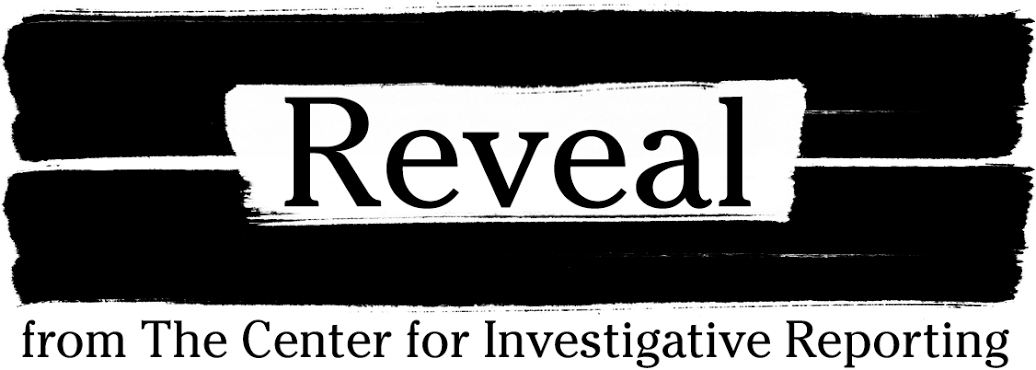By Rachael Bale
As part of our new Lords of Yesterday series, I’ve been looking at 19th-century laws and policies that govern our natural resources and public lands today. Recently, I wrote about the environmental and economic impact of the 143-year-old law that governs mining for gold, copper, silver and other hardrock minerals.
This isn’t the first time The Center for Investigative Reporting dug into this issue. In 1994, CIR producer Stephen Talbot and reporters Rick Young and Dan Noyes teamed up with FRONTLINE to look at how private companies make a profit off of public resources.
Here’s what The New York Times had to say about the political climate at the time:
Last week Secretary of the Interior Bruce Babbitt reluctantly signed away billions of dollars worth of public lands to a gold-mining company. He called the sale, nearly 2,000 acres in Nevada for $5 an acre, “the biggest gold heist since the days of Butch Cassidy.”
As tonight’s edition of “Frontline” explains, Mr. Babbitt’s hand was forced by an 1872 law that entitles mining interests to buy public land cheap and exploit it without paying royalties to the Government.
FRONTLINE’s “Public Lands, Private Profits” takes a deeper look at how gold companies and Western lawmakers worked together during the Clinton administration to prevent the reform and update of the 1872 mining law.
Not much about the mining law has changed in the 21 years since this documentary was produced. American and foreign mining corporations alike still can extract billions of dollars’ worth of minerals from public lands without paying royalties to the federal government.
One thing has changed, though. It used to be that a private company or individual could buy public land from the government in order to mine it. It’s called mineral patenting, and it costs $2.50 to $5 an acre to get the title to the land.
Five months after the FRONTLINE documentary aired, Congress put a moratorium on mineral patents. The moratorium has been renewed every year since, but it’s not formally law and could be lifted.
Despite the ban, the U.S. Bureau of Land Management has approved 228 mineral patents from 1995 to today. The moratorium allows the agency to process patent applications that were submitted before 1995. There are 30 more grandfathered applications still pending and another 156 new ones that cannot be processed since they were submitted after 1995, according to agency spokesman Jeff Krauss.
Since 1872, 3.1 million acres of public land have become private through the mineral patent system, Krauss said.
It is not necessary to patent the land in order to mine it – you simply need to file a claim with the Bureau of Land Management in order to mark it off as yours, and yours alone, to mine.
- Originally appeared at revealnews.org




 (909) 335-8100 ·
(909) 335-8100 ·  (909) 335-6777
(909) 335-6777 Email:
Email: